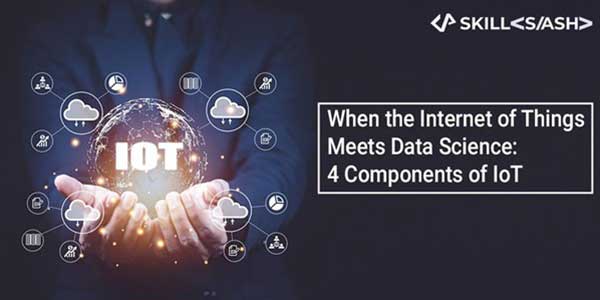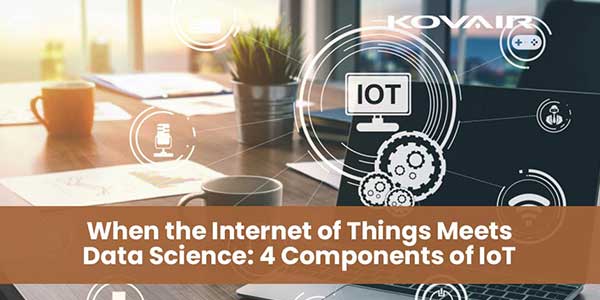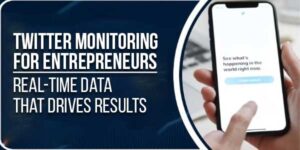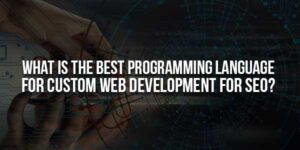
As technology advances, the field of data science is rapidly expanding. The Internet of Things has evolved into one of the most cutting-edge technologies of the twenty-first century.
Today’s internet statistics reveal the amount of web traffic, the number of Instagram uploads, YouTube videos, smartphones purchased worldwide, and so on. Not only that, but it continues to tick every second. This would not even contribute 10% of the data generated each day.
As IoT pervades our lives, the amount of data generated grows exponentially. According to a recent report, 40+ new emerging technologies will play an important role in various IoT Industry use cases.
Physical devices can share and collect data with minimal human interaction thanks to IoT. Everything is possible because of low-cost computing, big data, analytics, and mobile technologies. IoT devices of all shapes and sizes, from home appliances to automobiles to wearable devices, can now be found almost anywhere.
Almost half of IoT companies are having difficulty finding the data science talent they need to succeed. A data science career in IoT stands out as a high-demand career that is firmly positioned on the cutting edge for anyone seeking to work in the tech industry. With the current trend, IoT is one of the forerunners in data generation, which makes Data Science more important than ever in IoT. This is the location. Data science training was implemented to improve sector performance.
This blog will provide an overview of how data science is used in the IoT sector and how businesses are using it to address various issues. Before proceeding, it is necessary to define IoT.
Table of Contents
What Exactly Is IoT?
The Internet of Things (IoT) is a set of standards that allows any device to connect to the internet, collect data, and send it to a cloud-based server. This data can be analyzed further to provide valuable insights that can be used to make sound decisions.
In layman’s terms, it is a network of interconnected devices that exchange data to improve their performance. These are automated activities that do not require human intervention.
Technology has enabled us to simplify our daily chores with devices such as smartwatches, washing machines, and smart TVs. These IoT devices are outfitted with dependable sensors and software to collect user data and send it to the cloud, where it can be retrieved and efficiently used by other devices. Disruptive technologies such as AI, ML, computing, and low-power sensors enable this connectivity.
The rise of IoT is increasing productivity by enabling the development of new products and services, as well as allowing us to collect more data about our world than ever before. On the other hand, the rise of data science and AI is a boon, ushering in the revolutions that have made the data science training institute so important.

How Does The Internet Of Things Work? IoT Components
You might be wondering how exactly these IoT devices work. All IoT devices are made up of four distinct components.
Let’s take a closer look at each of these components:
1.) Sensors And Devices:
First, sensors or devices gather small amounts of data from their surroundings. This data could be as straightforward as a temperature reading or as complex as an entire video feed.
Your phone, for example, is a device with multiple sensors, including GPS and a camera, but it is more than just a sensor because it can also perform a variety of actions. The majority of these sensors are already built into modern smartphones, making them one of the most complex internet of things architectures available.
2.) Interconnectivity:
The collected data is then sent to a cloud infrastructure, but useful interpretation requires a way to get there. These sensors can be linked using a variety of methods, including cellular networks, satellites, Wi-Fi, Wide area networks (WAN), and others.
Each option comes with trade-offs in terms of power consumption, range, and bandwidth. The best connectivity option is determined by the IoT application, but they all achieve the same goal: data transmission to the cloud.
3.) Information Processing:
The software processes the data after it has been collected and transferred to the cloud. But what if the temperature rises too high or an intruder enters the premises? This is where the user enters the picture.
4.) Graphical User Interface:
The data is then made available to the end user in some way. Setting alarms on their phones or notifying them via texts or emails can help with this.
A user may have an interface that allows them to intelligently check in on the system. A user may want to check the video feeds on various properties using a phone app or a web browser, for example. However, it is not always a one-way street. Depending on the IoT application, the user may also be able to perform an action and influence the system.
That is how a high-level IoT system works.
Let’s take a look at how IoT can help us in our daily lives.
What Role Does IoT Play In Our Daily Lives?
IoT is a game-changing technology that will soon reach full scale and change the way we live and work. Data science is now more important than ever in the Internet of Things (IoT). If you’ve been paying attention to the news, you’ve probably heard about the problems with data privacy and security. As a result, businesses are looking for new ways to secure their data, which has increased the demand for data scientists in Hyderabad.
The Internet of Things (IoT) simplifies our lives by connecting all of our everyday gadgets and devices into a single cloud and controlling them via an interface. Because there is so much data available, data science is the primary driver of IoT success. This is why IoT has a wide-ranging impact across industries. Biomedical devices, military applications, and business analytics are just a few examples.
Summary:
We have discussed throughout this article how data science is the key to the growth of the IoT sector and how it is transforming our daily lives. We also talked about how IoT works and its various components. According to one report, by 2025, more than 25 billion IoT devices will be connected. This clearly indicates that there will be a large number of job opportunities in this sector.
Because of its numerous applications, many professionals are preparing to enter the thriving field of Data Science and Machine Learning.
If you’re looking for such opportunities, Skillslash Academy has the resources you need. A data science course in Hyderabad can help you advance your data science career. It provides IBM-accredited data science courses as well as various industry-specific project opportunities.
Are you ready to dive into the world of data science and the Internet of Things?
Begin honing your data science skills in Python and R to give yourself an advantage over your peers.

 About the Author:
About the Author:
















Be the first to write a comment.